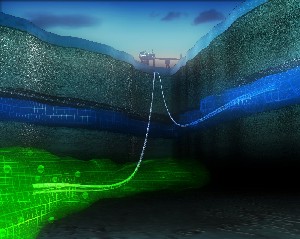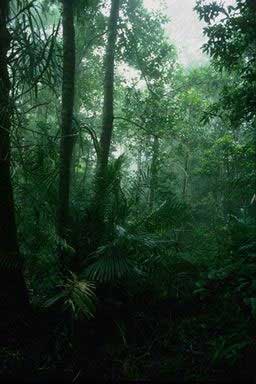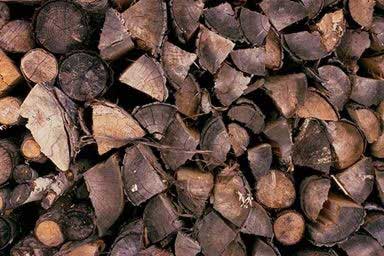 > ENC Master > Climate Encyclopaedia > People changing climate > basics > 3. How hinder climate change?
> ENC Master > Climate Encyclopaedia > People changing climate > basics > 3. How hinder climate change?
 |
|
|
|
How are
|
man-made climate change? |
|
|
Burning less fossil fuelsPeople can slow down and eventually stop the climate change we have started. But the climate system reacts slowly. The gases we have already emitted will keep affecting the climate for many years to come – even if we work hard to limit our emissions. Reducing emissions will slow down the rate of climate change, but the climate will keep changing as long as we live. Our children and grandchildren, however, will be able to fully enjoy our efforts we make today to limit emissions. The most important thing we can do to hinder climate change is to burn less fossil fuel so that we emit less CO2. Technological improvements and lifestyle changes can reduce the amount of energy we use on transportation, heating, cooling, lighting, appliances that run on electricity, industrial production, and so on. |
Using sources of energy other than fossil fuels can reduce emissions of greenhouse gases considerably. Alternative sources include renewable sources such as wind power, solar power, and hydropower (although in some cases greenhouse gases are formed when remains of vegetation rot in the hydropower pools); biomass, such as wood, straw and other plant material (as along as new trees and vegetation are planted to compensate); and nuclear power, although it is controversial for other reasons. |
|
|
Technological innovation may give us new energy sources that will replace fossil fuels in the future. For example, cars may run on hydrogen instead of gasoline. (Hydrogen engines do not emit CO2. But to produce hydrogen we need lots of energy. If this energy comes from coal, oil or gas then we could end up with CO2 emissions just as big as if cars were still running on gasoline.) |
Can’t we just filter out the CO2?Many types of pollution can be “cleaned up” by using filters or the like. Today, there is no cleaning technology that can effectively remove CO2 emissions from furnaces, power plants, and engines at a reasonable enough price. But both governments and private companies in many countries are working to develop cost-effective technologies that can capture CO2 from burning coal, oil, or gas before it is released into the atmosphere. It can then be stored far underground, for example in empty oil wells. Each year the oil company Statoil stores about 1 million tons CO2 1000 meters under the ocean floor in a sandstone formation in the Sleipner field in the North Sea. The CO2 is separated from the natural gas that is pumped from the Sleipner field and injected into the sandstone that is found under the ocean floor. This sandstone formation has room for at least 600 billion tons of CO2, which is roughly equivalent to the emissions from all of the power plants in Europe for the next 600 years.
|
Reduce emissions of other greenhouse gassesWe can also reduce emissions of greenhouse gases from sources other than fossil fuels.
|
Trapping CO2 from the atmosphere |
We can also increase the absorption of CO2 in forests, land, and sea.
|
|
|
Emissions of greenhouse gases come from a large number of sources, thus many different steps need to be taken to limit them. But such a large amount of the emissions come from fossil fuels that effective strategies would have to focus on emissions from fossil fuels. |
Why burning wood does not contribute to climate change |
|
When we use fuel from biomass, such as wood or wood chips, energy is released in the form of heat, and carbon is returned to the atmosphere in the form of CO2. If new trees grow where the other trees were cut down for wood, the new trees will absorb CO2 from the atmosphere and bind it in new biomass. This re-establishes balance in the CO2 cycle. Over time, the amount of CO2 in the atmosphere will be constant. This is why biofuels are considered to be CO2-neutral. |
|
|
|
Author: Camilla Schreiner - CICERO (Center for International Climate and Environmental Research - Oslo) - Norway. Scientific reviewers: Andreas Tjernshaugen - CICERO (Center for International Climate and Environmental Research - Oslo) - Norway - 2004-01-20 and Knut Alfsen - Statistics Norway - Norway - 2003-09-12. Educational reviewer: Nina Arnesen - Marienlyst school in Oslo - Norway - 2004-03-10. Last update: 2004-03-27. |




